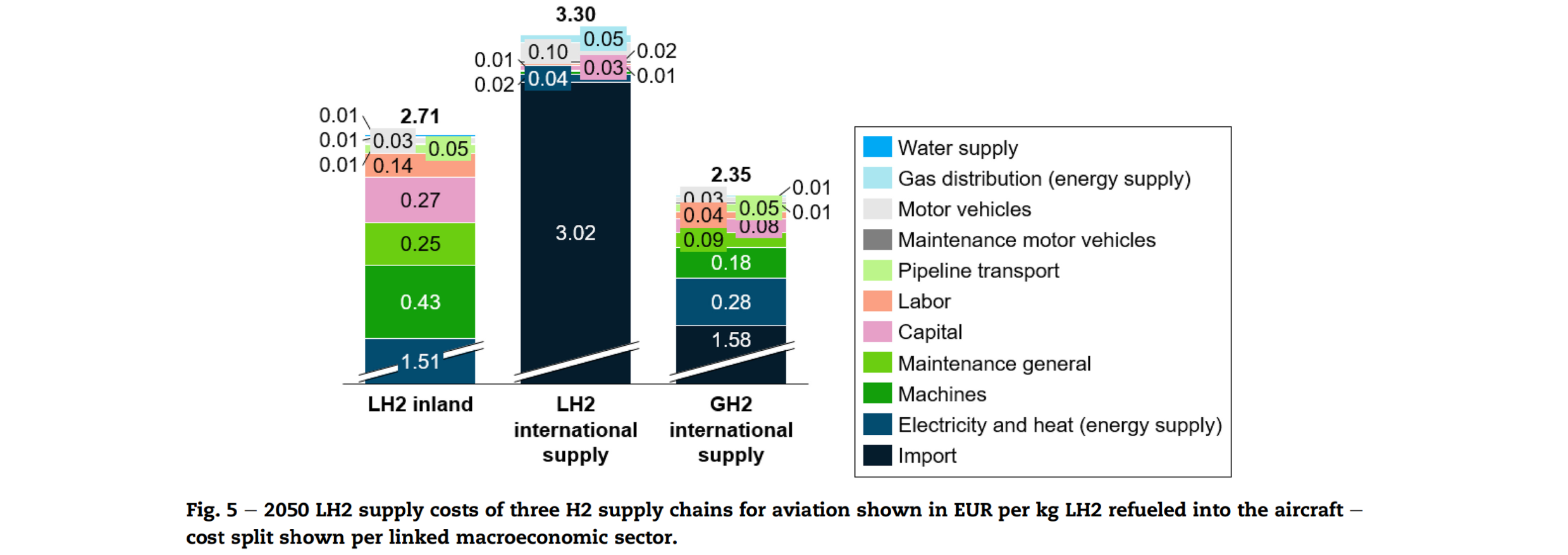Hydrogen-powered aviation in Germany: A macroeconomic perspective and methodological approach of fuel supply chain integration into an economy-wide dataset
Academics as well as industrial players show increasing interest in green hydrogen as a promising fuel to decarbonize the air transportation system. Yet, the switch form kerosene to green hydrogen implies several macroeconomic effects along the new supply chain. For instance, inter-industrial linkages, employment potential and trade opportunities are affected by the introduction of green hydrogen in the aviation sector.
Given these implications, macroeconomic analyses on hydrogen use in aviation are required. Yet, one main challenge for these analyses is the lack of green hydrogen in established macroeconomic data frameworks. Our paper addresses this research gap by proposing a methodological approach of integrating green hydrogen supply chains into a macroeconomic dataset for Germany.
First, we construct an aggregated Social Accounting Matrix for Germany which is suitable for macroeconomic analyses. Moreover, we provide a status-quo analysis on the macroeconomic role of aviation within the German economy. Second, we analyze three different supply pathways of green hydrogen for aviation and provide an exemplary cost-breakdown based on current estimations for 2050. Third and last, we identify the relevant sectors for hydrogen-powered aviation and allocate the cost components to the respective accounts of the macroeconomic data framework.
Main findings:
- The aviation sector is closely intertwined within the German economy. 61 out of 63 sectors have a demand for aviation and 47 out of 85 product groups are needed to supply aviation services.
- Hydrogen-powered aviation creates direct effects to eight macroeconomic sectors in Germany – namely electricity and heat, machines, maintenance general, pipeline transport, maintenance motor vehicles, motor vehicles, gas distribution and water supply.
- The macroeconomic contribution for Germany is largest in the domestic supply scenario but import scenarios can lead to lower total supply costs.
- Based on an in-depth job analysis, the employment potential of hydrogen exceeds the employment demand of the kerosene supply chain.
This paper provides a suitable foundation for macroeconomic analyses of hydrogen-powered aviation by proposing a methodological approach of fuel supply chain integration into an established dataset. In addition, we discuss further macroeconomic implications of hydrogen-powered aviation and give an outlook on future research. The study represents a collaborative research of the Institute for Environmental Economics and World Trade and the Institute of Electric Power Systems.
Open Access Article: https://www.sciencedirect.com/science/article/pii/S0360319922048972

